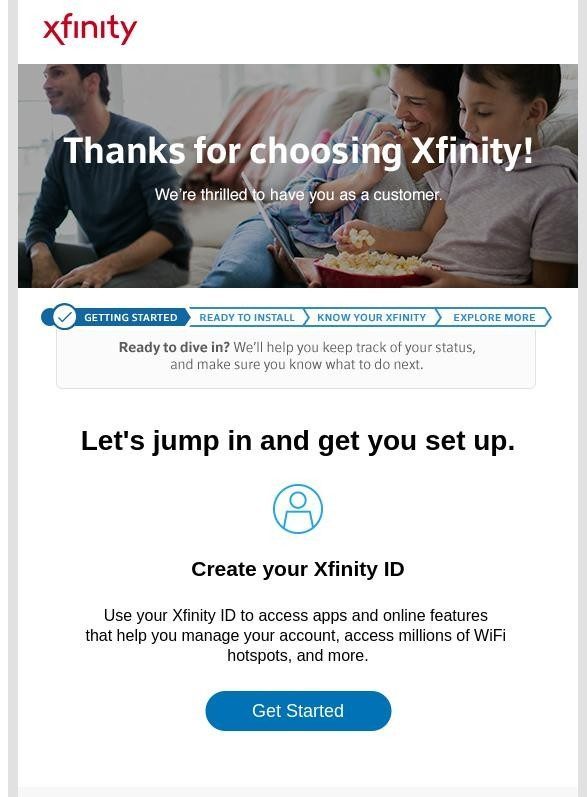In 2020, Telecom companies used welcome and onboarding communications to make customers feel like they’d made the right choice. Here is a look at some of the trends from Telecom communications in 2020.
Showing New Customers the Ropes
Introductory emails are an opportunity to get people excited when they’re already enthusiastic about getting a new service. Telecom companies struck while the iron was hot, showcasing features and content to keep the excitement — and engagement — strong.
When it came to initial subject lines, “Welcome” was the word of choice. In the first emails to new customers after order confirmations, some telecom providers stuck with logistics, like how to get set up, while others immediately began promoting content. Both approaches were a way to set up new customers for success.
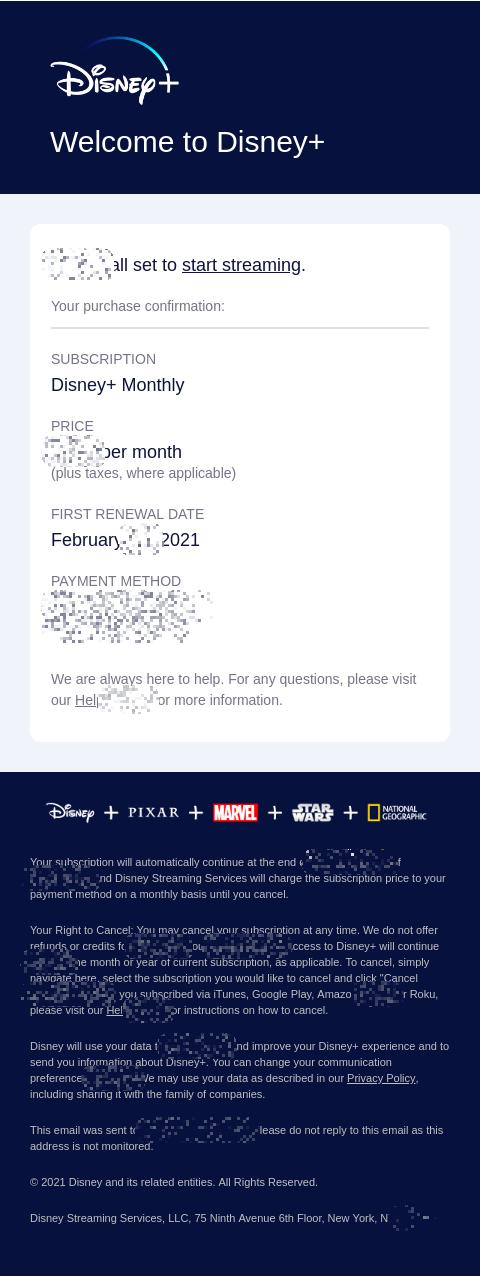
December 31, 2020
Welcome to Disney+ (29% read rate). | Credit: Comperemedia Direct
In the case of Disney+, it reinforced the value of each email by showcasing different features in each email, with the hopes that the recipient would continue opening each one to learn something new. The first email, “Welcome to Disney+” garnered a 29% read rate, while subsequent emails fell off slightly – 28%, 24%, 20%, etc. – which suggests the cadence was too high.
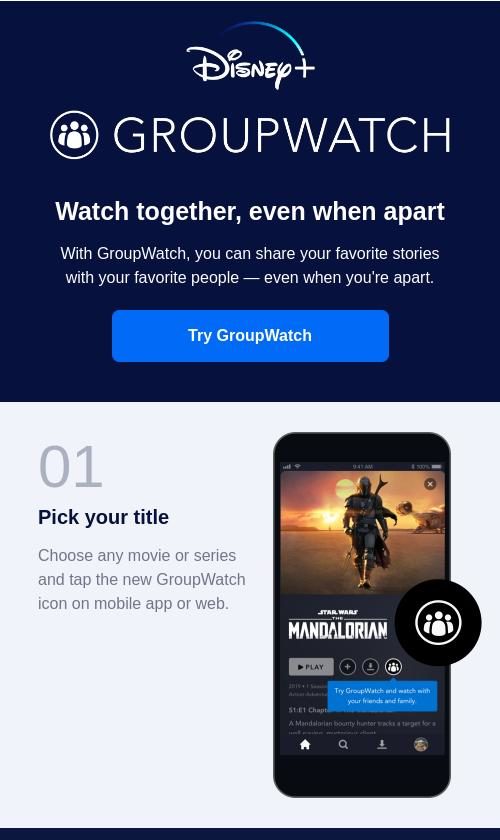
January 11, 2021
Make it a virtual movie night (16% read rate). | Credit: Comperemedia Direct
Peacock
In its first email, Peacock framed its platform as convenient and encouraged people to watch across devices. The company also reiterated its overall value proposition, outlining the types of content the service includes: “Current Hits. Timeless Classics. Timely Updates.” That made the service sound like it has it all.
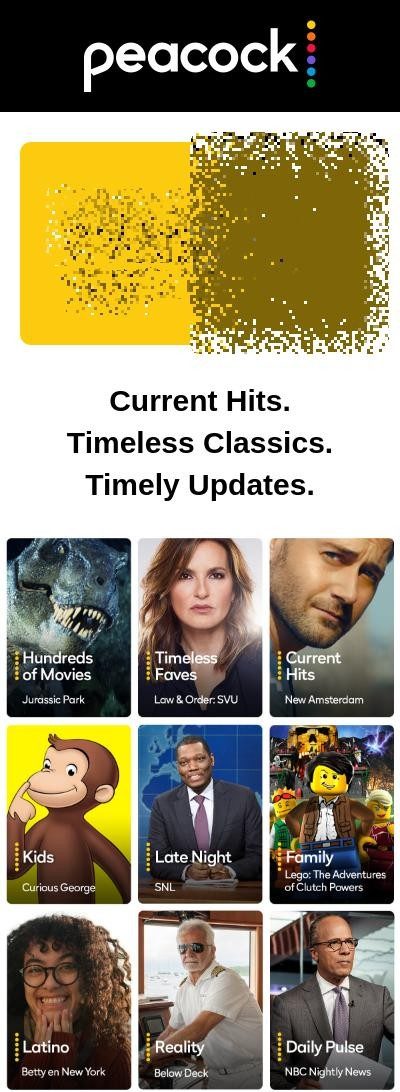
Credit: Comperemedia Direct
Then, in a second email, Peacock highlighted specific shows and movies, making its value proposition more tangible.
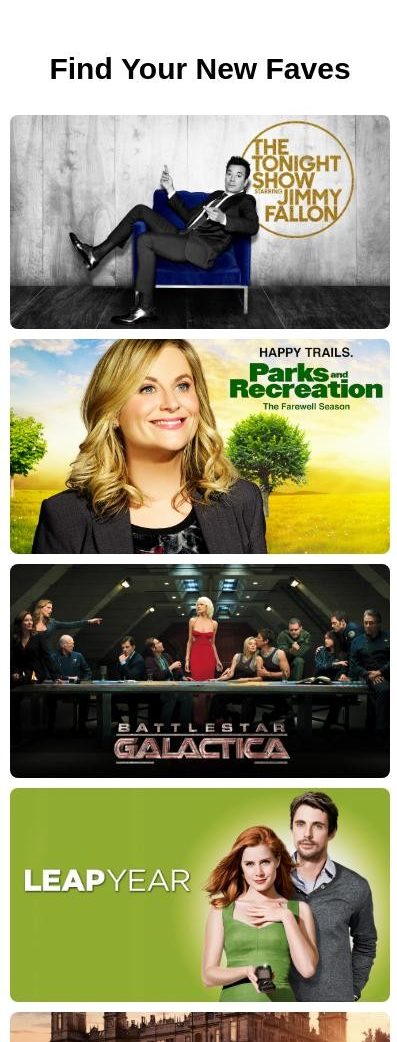
Credit: Comperemedia Direct
Charter
To set customers up for success, Charter emailed a guide and encouraged customers to familiarize themselves before they were connected.
Then, after the service was set up, the company promoted its app to encourage people to stream in as many places as possible.
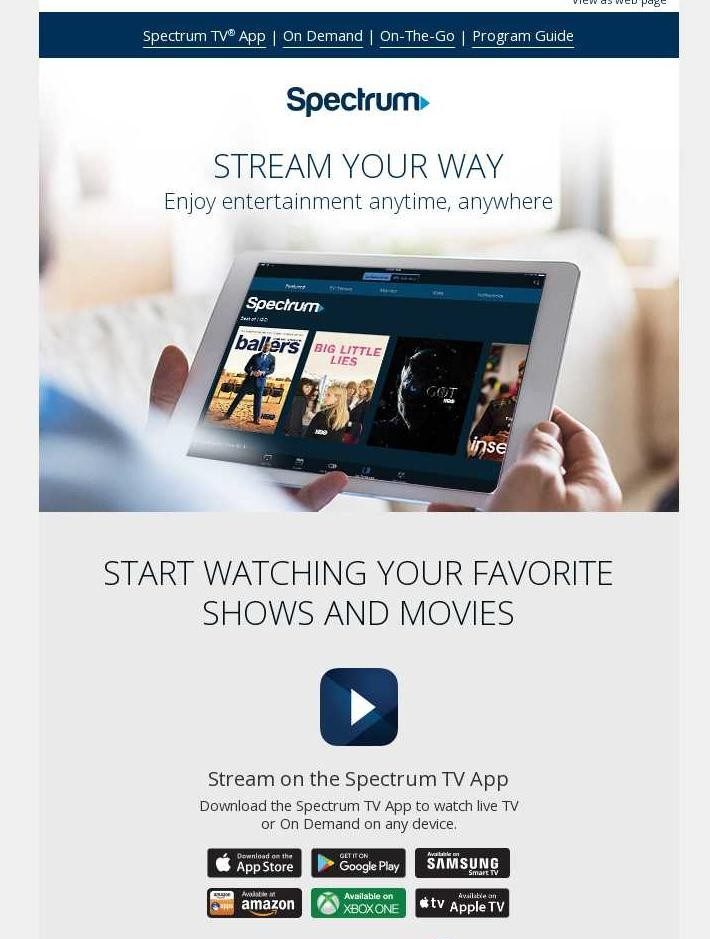
Credit: Comperemedia Direct
Dish
Dish mailed out a welcome guide with information about hardware, the app, content — including a highlighted upsell message to get premium channels. In the mailer, Dish told customers they “deserve a TV provider that’s tuned to you” and then, in a opening letter and with the information within, gave evidence that it was that provider.
The first bill to customers noted that it was the first bill and again welcomed people to the service, adding a small personal touch.
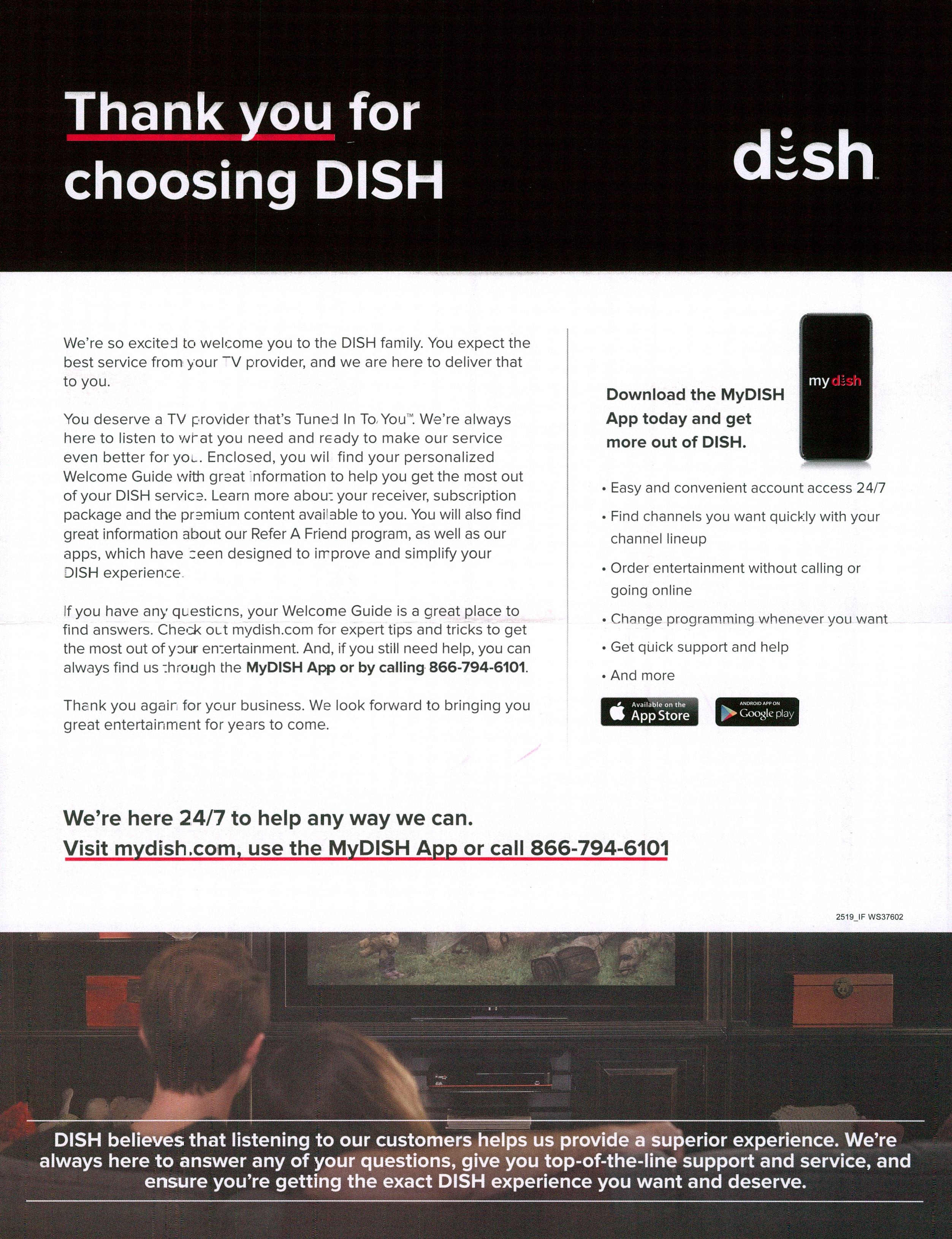
Credit: Comperemedia Direct
Comcast
In 2020, Comcast modernized its onboarding emails, adjusting the progress-tracker at the top and adding new icons and lifestyle imagery.
Previously, Comcast introduced the tracker in the first email and then didn’t show it in the order-confirmation message.
Now, Comcast has added consistency, keeping the tracker. The company also simplified the language in the tracker, making the verbs more active and action-oriented.
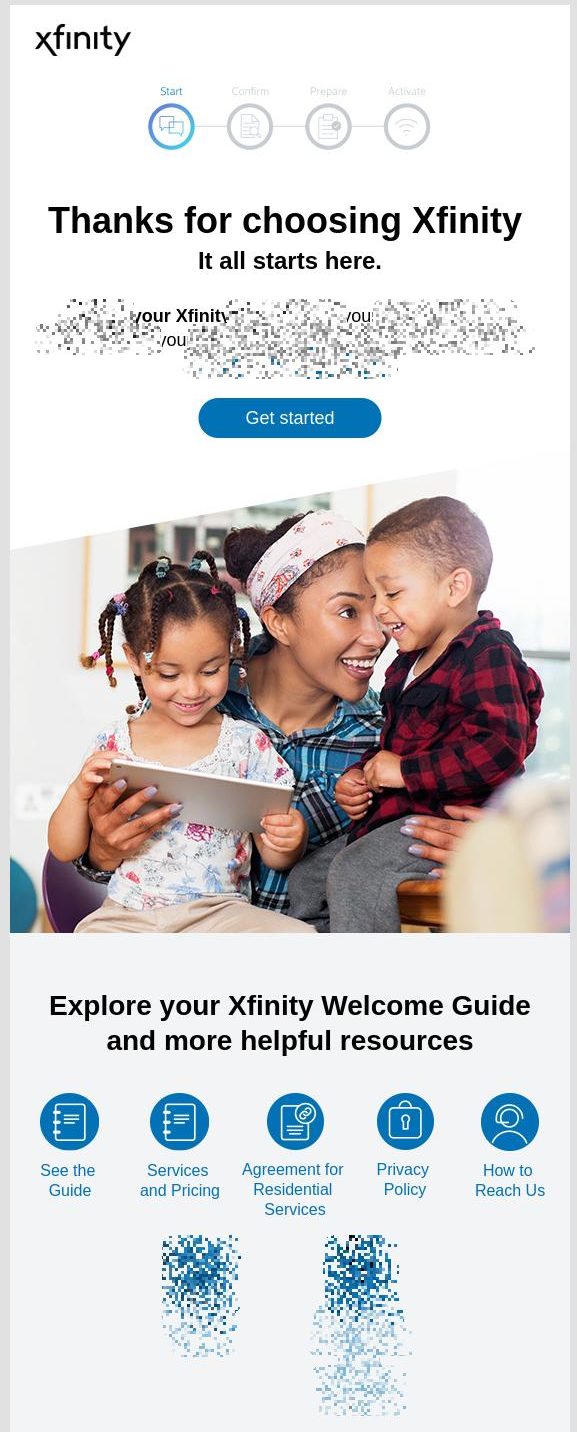
Credit: Comperemedia Direct
Netflix
After sending its typical welcome email, Netflix emailed some subscribers a few days later to showcase its kids features. Compared to the first email, this second, kids-focused email was much lighter, with imagery that stood out rather than just text-based account information. Netflix missed an opportunity to include some of that levity and excitement in its first welcome email, where it need not limit itself to logistics.
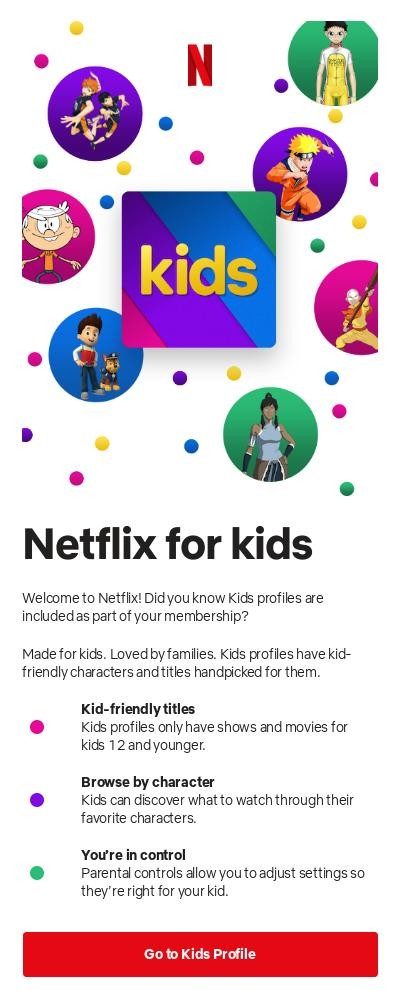
Credit: Comperemedia Direct
Consumer Cellular
Consumer Cellular mailed a welcome card directing new customers to its website, where they could watch how-to videos. The front couldn’t be clearer in its validation: “You’ve made a great choice!” The back couldn’t be clearer in its value proposition: Consumer Cellular offers great support.
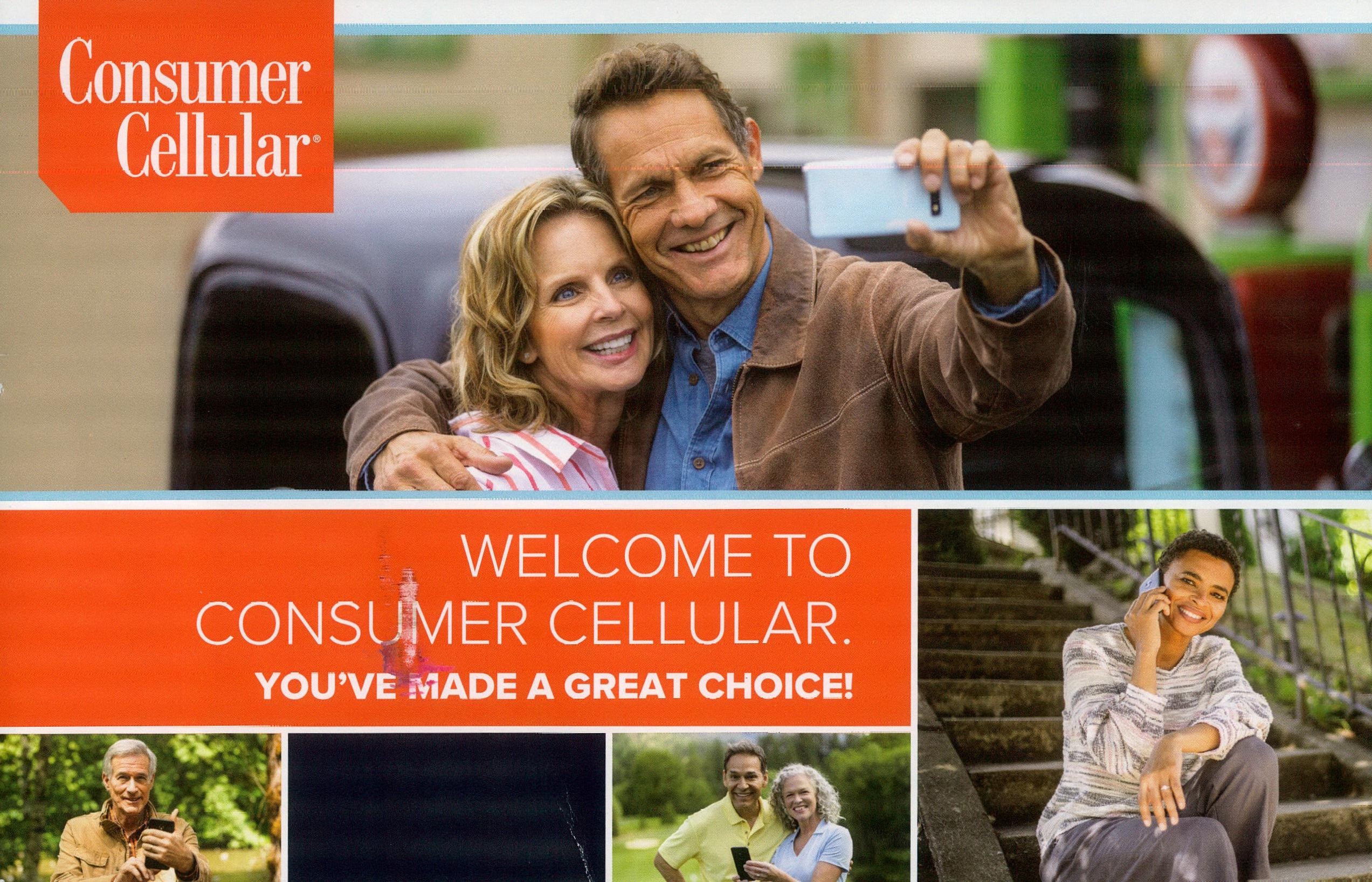
Front | Credit: Comperemedia Direct
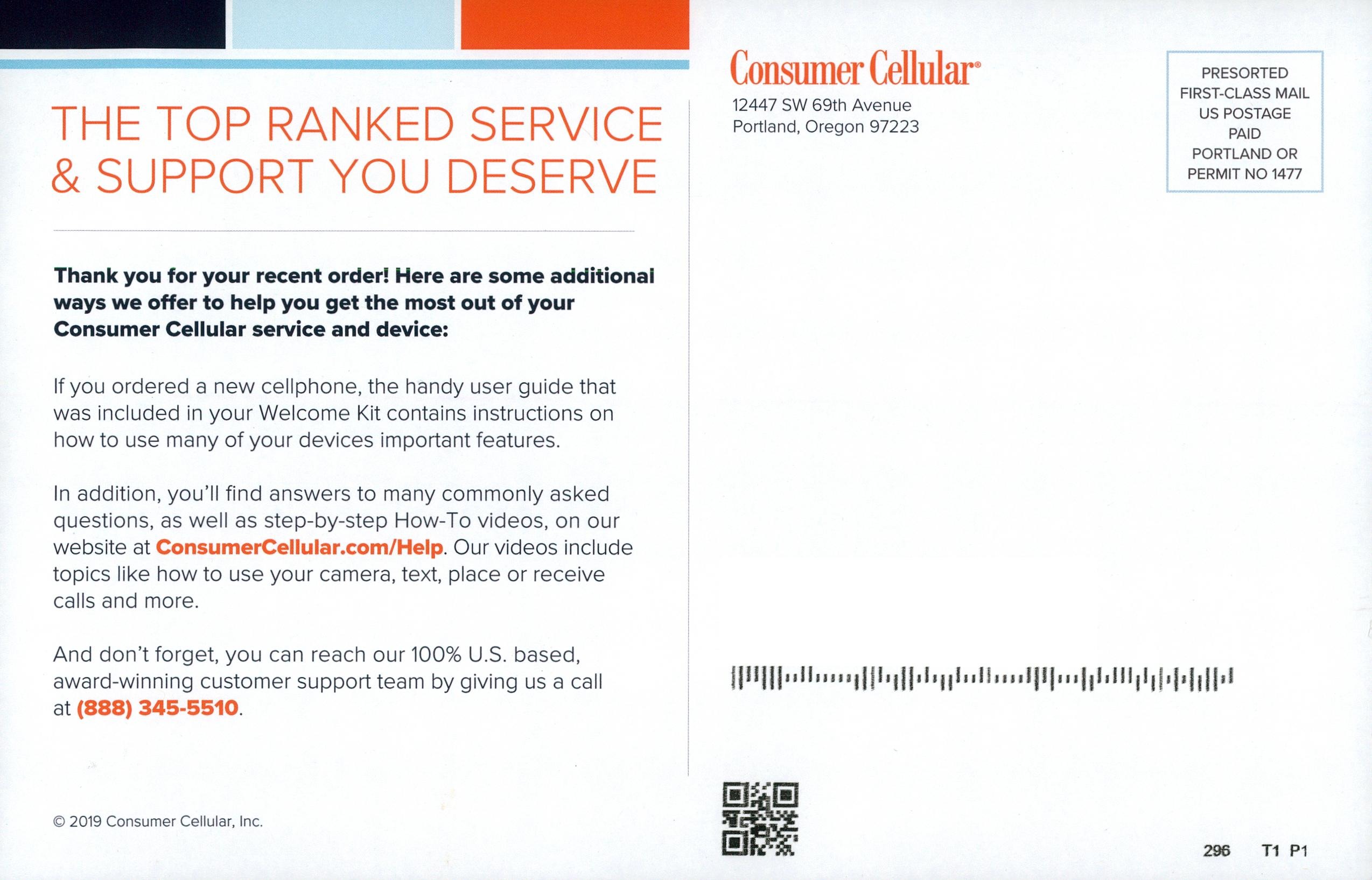
Back | Credit: Comperemedia Direct
Showtime
Showtime’s welcome-back email was barely different from the email it sent to welcome new free-trial customers. The primary difference? An exclamation point at the end of the first sentence.
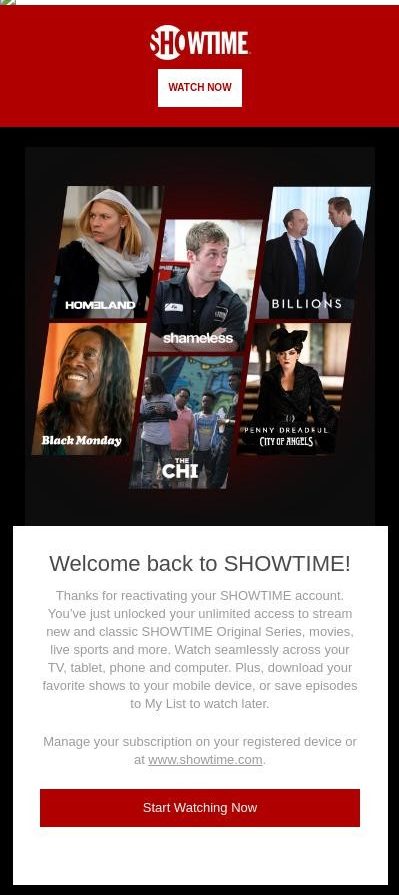
Credit: Comperemedia Direct
Like other services, Showtime highlighted specific content. It could take this a step further in its welcome-back email by reminding returning subscribers what they were last enjoying on the platform.
Introducing a Brand Post-Merger/Acquisition
Brands made sure customers of companies they acquired felt at ease with the transition.
T-Mobile and Sprint
T-Mobile had a unique onboarding opportunity when it brought Sprint subscribers aboard post-merger. The company used its rewards program to differentiate and set the tone. Meanwhile, it continued to send emails under the Sprint brand, suggesting an ease-in approach to onboarding.
The total volume of emails from Sprint domains stayed relatively high post-merger, with around 23 million per month — including some regarding the merger — signaling that T-Mobile doesn’t yet intend to get rid of the Sprint brand name entirely. Some were cobranded, while others were primarily in T-Mobile’s style (including the pink).
Mobile Tuesdays
On June 23, 2020, T-Mobile prepared its own customers for the merger with a message promoting its rewards program. That same day, the company encouraged Sprint customers to join the program. This was a way to foster engagement with incoming Sprint customers from the start of their relationship with T-Mobile, showing them why change can be a good thing.
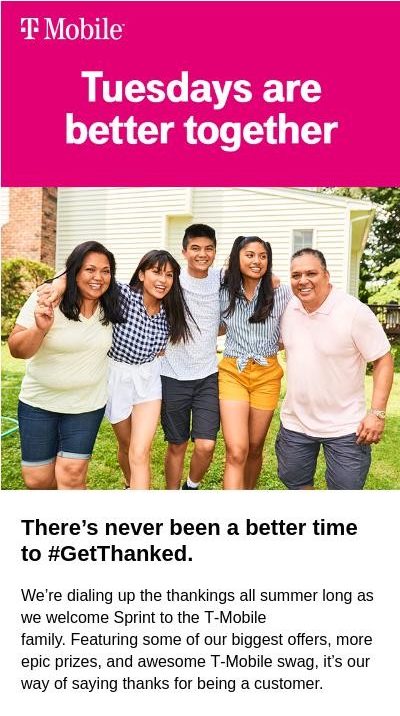
Credit: Comperemedia Direct
T-Mobile targeted Sprint customers with cross-sell offers for T-Mobile Money and TVision Live TV+. The offers could make T-Mobile feel like a well-rounded brand. And they could make Sprint-customers-turned-T-Mobile-customers more likely to dive into the T-Mobile universe.
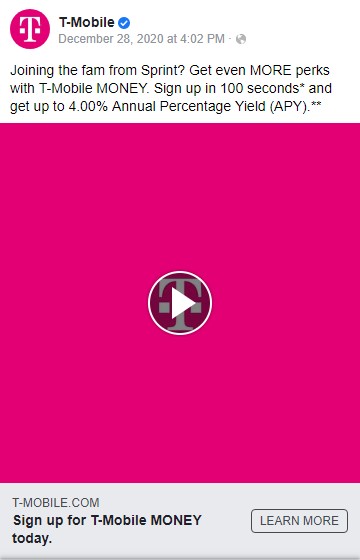
Credit: Comperemedia Direct
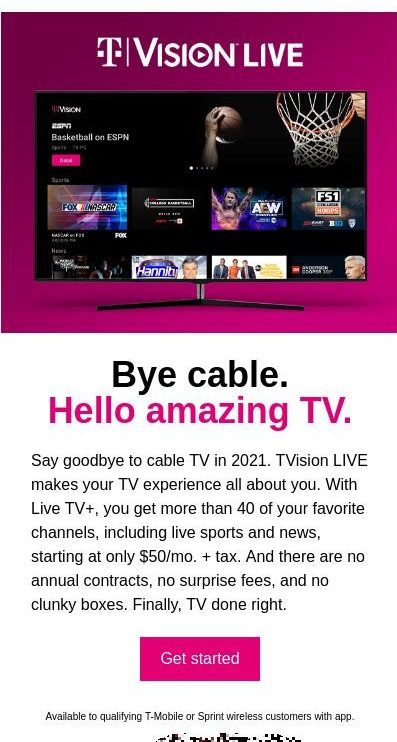
Credit: Comperemedia Direct
Telus and Ziply
Telus and Ziply onboarded customers of the services they’d acquired, assuring them there was nothing they needed to do to make a transition.
After Telus bought the Canadian operations of ADT, it reached out to customers to assure them that not much would be changing. And Telus framed the changes that were happening—a new website, a new look, a new yard sign — as benefits. Ziply told customers they would keep receiving their current rates and services but with a better network.
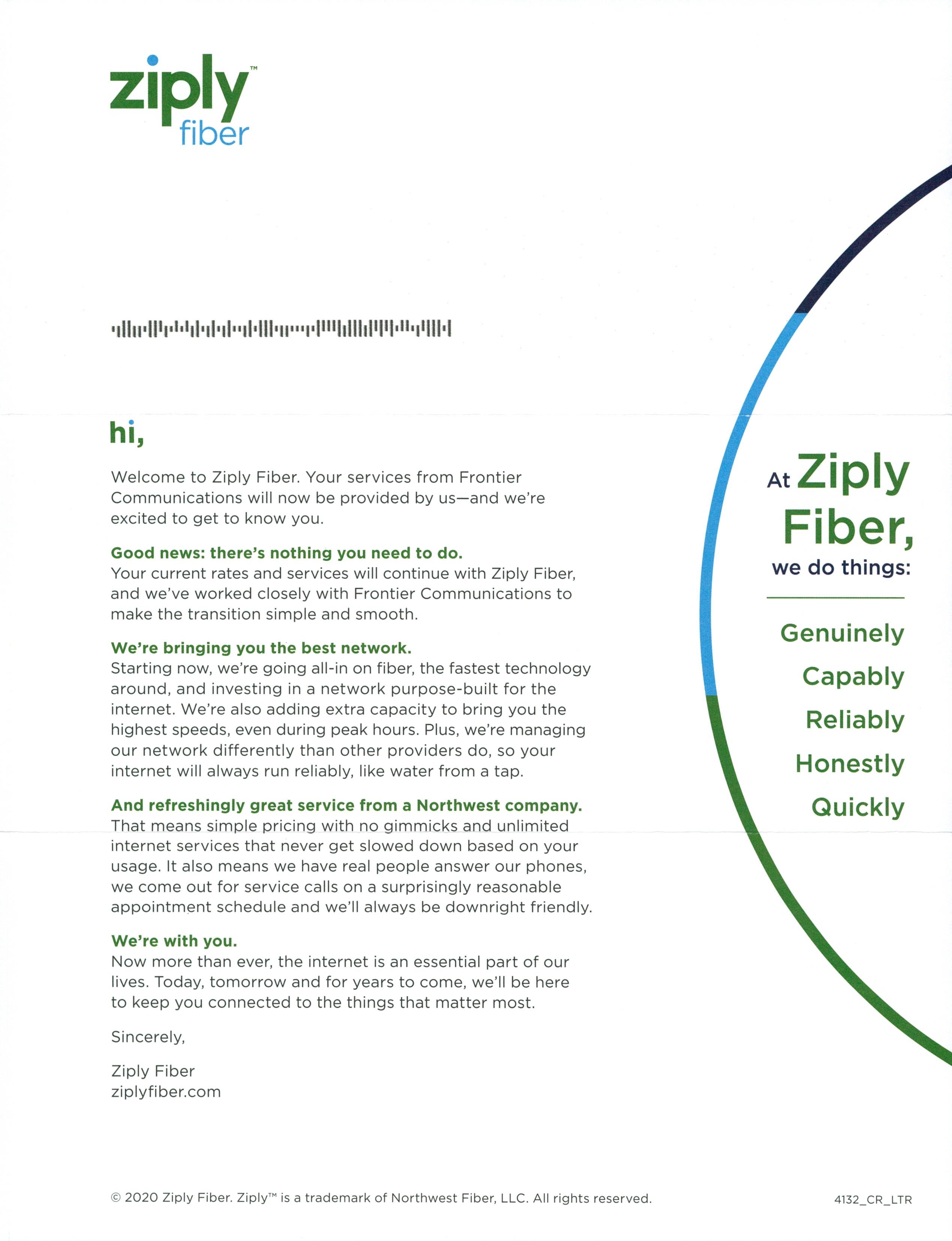
Credit: Comperemedia Direct
Taking a Cue from Other Industries
Telecom providers looking to freshen up their onboarding experiences could look outside the industry for inspiration.
For example, Telcos could take a cue from Chase and draw on newsletters’ popularity by sending newsletter-style emails that help teach customers how to use their new services. Chase’s introductory subject lines and emails relied on both recurring elements and new information to intrigue new customers.

Day 3
Today’s Quick Guide: Making deposits and payments. | Credit: Comperemedia Direct
Similarly, telecom companies could follow in Adobe’s footsteps and use straightforward graphics that hammer home both the features and the brand identity.
Like Chase, Adobe maintained layout similarities in its welcome emails. The software company took it a step further, using the look of the product itself — especially buttons — for consistency and recognizability.
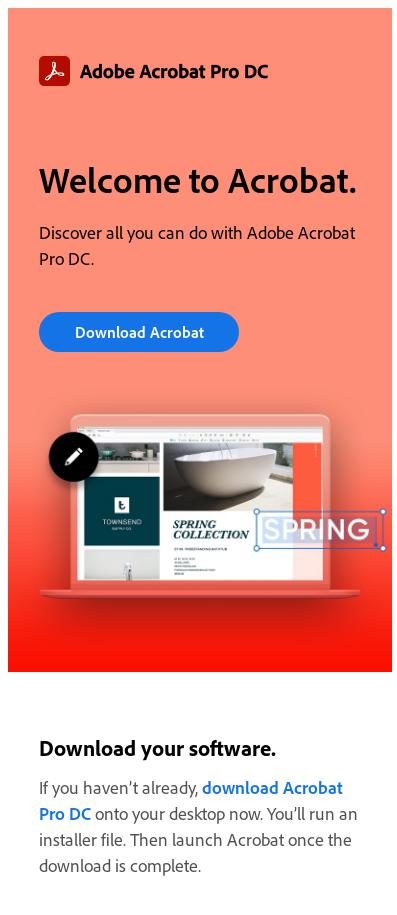
Day 1
Welcome to Acrobat | Credit: Comperemedia Direct
Outside of the industry, Telecom companies can find newsletter-style welcome emails introducing customers to one feature at a time, as well as layouts inspired by the products themselves.
Comperemedia, a Mintel company, is an industry-leading competitive marketing intelligence agency. To find out more about Comperemedia’s products and services, please get in touch.



 Rachel Arndt
Rachel Arndt